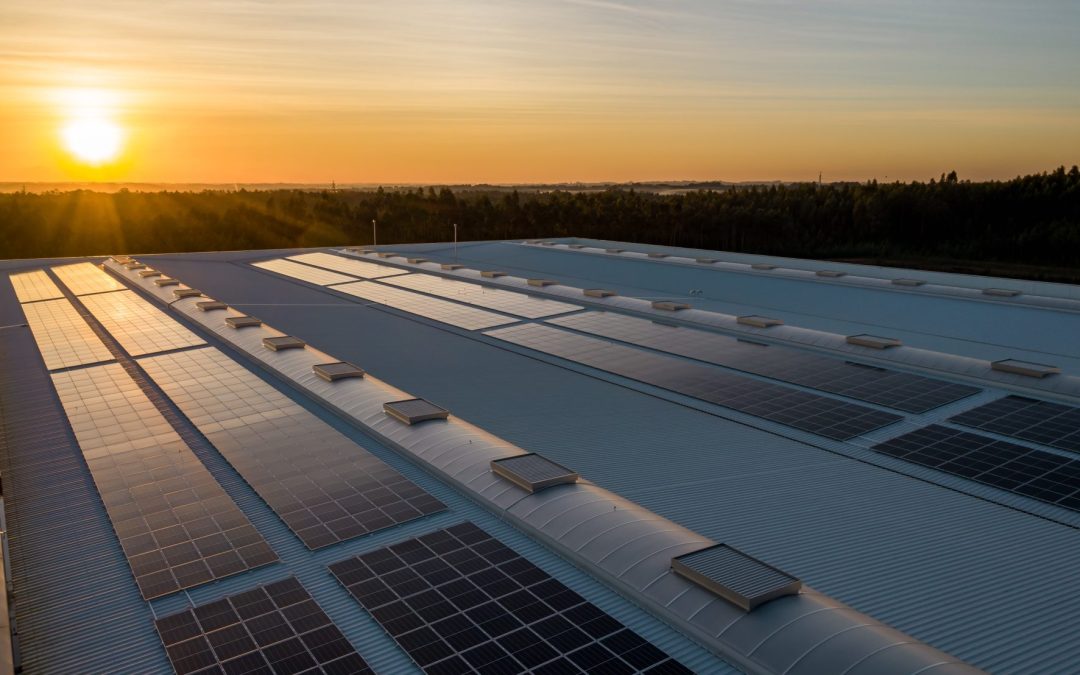Amid the current energy crisis and its impact on fuel bills, the desire to find new and cheaper sources of power has never been more intense. With the environmental imperative for making a transition away from fossil fuels already accepted, the drive for renewables already had momentum, but this has now increased.
It is small wonder, therefore, that every new development in green energy technology that may one day heat our electric boilers is bound to make headlines, but some developments may be particularly exciting if the eventual outcomes can back up initial research findings.
The University of California has produced research stating it is possible improve the durability and lower the cost of solar panels by using a synthetic substance called halide perovskite, comprised of cubic crystalline structures, in place of the silicone-base materials normally used to make solar panels. The study was published in the journal Nature Materials.
Its use would make them much tougher and long-lasting, which in turn would make the use of solar panels more cost effective. The university noted that the current high cost is the chief reason for just three per cent of electricity generation in the US coming from solar energy.
The key breakthrough is not knowledge of the existence of halide perovskite, but the resolution of a previously fatal problem; that the material itself would break down when exposed to the heat and light of the sun, with the ions that forms its conductive cubic structure being expelled during the process.
However, the researchers found that adding electrically-charged particles from a metal called neodymium prevented it breaking down in this way and also made it more efficient in converting heat and light to electricity.
“The ions tend to move through the perovskite like cars on the highway, and that causes the material to break down,” researcher Yepin Zhao explained, adding: “With neodymium, we identified a roadblock to slow down the traffic and protect the material.”
In tests, perovskite without neodymium added lost all energy conversion capacity within 2,000 hours of sun exposure, whereas with neodymium added its conversion capacity was 84 per cent after this time.
The approach taken is the first successful attempt among many to enable perovskite to fulfil its capacity to turn solar energy into electricity. Previous efforts had involved trying to add protective layers rather than infusing the material with a substance that helped it maintain its integrity at a subatomic particle level.
Study author Professsor Yang Yang said: “Perovskite will be a game changer because it can be mass produced in a way silicon cannot, and we’ve identified an additive that will make the material better.”
It is not the first time recently a major energy breakthrough has been claimed in the US; the Lawrence Livermore National Laboratory announced a world first in achieving nuclear fusion ignition, producing more energy than the laser energy used to generate the reaction.
This is, of course, only a first step on the road to achieving nuclear fusion on the large scale needed to produce mass power for civil use across entire countries, but it holds out huge promise for the future.
As for solar panels, the fact that these are established technology means that the application of a new generation of perovskite -based photovoltaic panels could come very quickly.

